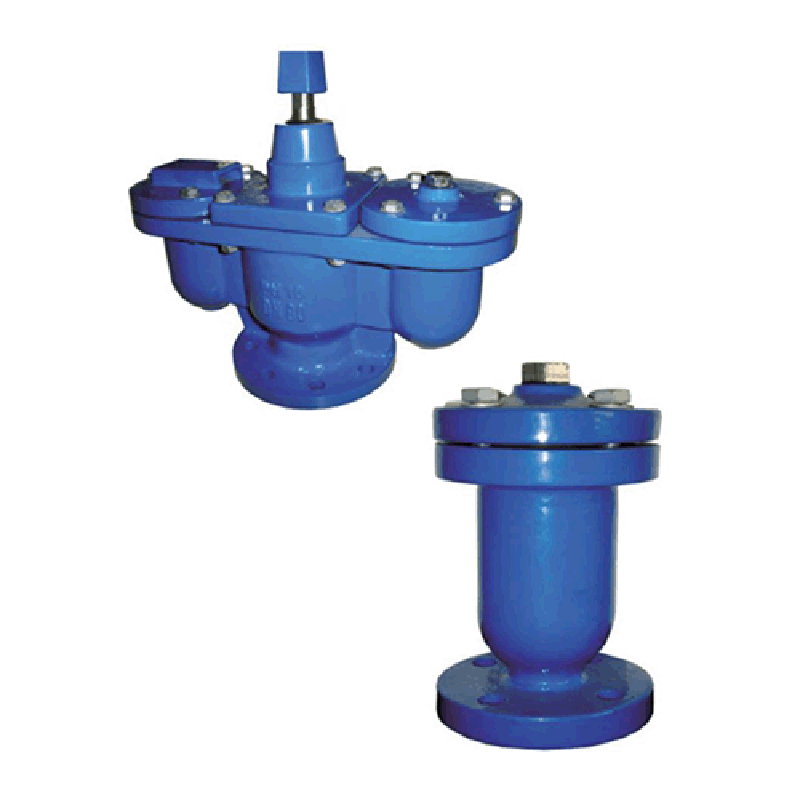12 月 . 03, 2024 18:01 Back to list
ball valve with y strainer
Understanding Ball Valves with Y Strainers An Overview
In the world of fluid dynamics and process control, the components used within a system are critical for ensuring optimal performance and reliability. Among these components, ball valves and Y strainers are essential for managing flow and protecting equipment within industrial systems. This article explores the importance and functionality of ball valves with Y strainers, highlighting their applications, benefits, and best practices.
What is a Ball Valve?
A ball valve is a valve that uses a spherical disc (the ball) to control the flow of fluid. The ball has a hole through its center, and when it is turned in line with the flow, the fluid passes through; when it is turned perpendicular to the flow, the valve is closed. Ball valves are favored for their straightforward design, reliability, and ability to provide a tight seal, making them ideal for both on/off and throttling applications.
The construction of a ball valve typically consists of a body, a ball, a seat, and a stem. The ball is often made of metals such as stainless steel, while the seats can be made from various materials, including PTFE or rubber, to enhance sealing capabilities and compatibility with different fluids.
What is a Y Strainer?
A Y strainer, named for its distinctive Y shape, is a type of filter used to remove debris and contaminants from liquids and gases within a pipe system. It works by allowing the fluid to flow through the strainer while trapping particles on a mesh or screen. The design of the Y strainer enables easy maintenance; operators can clean or replace the filter element without shutting down the entire system by utilizing a blow-off valve.
Y strainers are typically made from materials like stainless steel, brass, or plastic, depending on the application's specific requirements. The mesh size can also vary, allowing customization based on the type of particles that need to be filtered out.
The Synergy of Ball Valves and Y Strainers
When combined, ball valves with Y strainers create a powerful assembly that enhances system efficiency and protection. This combination is commonly employed in piping systems where fluid contaminants pose a risk to operational integrity and equipment longevity.
1. Protection of Equipment The Y strainer effectively filters out particulate matter, preventing blockages and damage to downstream equipment such as pumps, valves, and heat exchangers. Ball valves, when used in conjunction with Y strainers, enable operators to isolate the strainer for cleaning or maintenance without disrupting the entire system.
ball valve with y strainer

2. Ease of Operation The quick operation of ball valves allows for rapid closing and opening, making them highly effective for emergency shut-offs. The integration of a Y strainer ensures that any contaminants are removed efficiently before they can reach critical equipment.
3. Space Efficiency The combined assembly can save significant space in piping layouts. Instead of having separate components, the integrated assembly can streamline design and installation processes.
4. Cost-Effectiveness By protecting valuable equipment from damage and downtime, the combination of ball valves and Y strainers can ultimately lead to lower maintenance and replacement costs. This results in a better return on investment for system operators.
Applications of Ball Valves with Y Strainers
Ball valves with Y strainers are widely used across various industries, including
- Water and Wastewater Treatment They help maintain the quality of water by filtering out contaminants before they enter pumps and treatment facilities. - Oil and Gas Industry The combination is used to protect pipelines and processing equipment from solid particulates. - Chemical Processing It ensures that the flow of chemicals is free from debris that could affect reactions or cause equipment damage. - HVAC Systems In heating, ventilation, and air conditioning systems, they maintain efficiency and system reliability.
Best Practices for Use
To ensure the optimal performance of ball valves with Y strainers, consider the following best practices
- Regular Maintenance Schedule periodic inspections and clean the Y strainer to prevent clogs and pressure loss. - Correct Sizing Ensure that both the ball valve and Y strainer are appropriately sized for the application to prevent flow disturbances. - Material Compatibility Choose materials that are compatible with the fluids handled, considering factors like temperature and chemical composition. - Installation Considerations Position the strainer in a way that allows for easy access for maintenance while ensuring that it is installed in the correct orientation.
Conclusion
In conclusion, the combination of ball valves and Y strainers plays a vital role in modern industrial fluid management. By understanding their functions, benefits, and applications, operators can enhance the efficiency and reliability of their systems, ultimately protecting equipment and improving performance. As industries continue to evolve, the importance of these components will remain a cornerstone of effective fluid management solutions.
Share
-
Understanding the Differences Between Wafer Type Butterfly Valve and Lugged Butterfly ValveNewsOct.25,2024
-
The Efficiency of Wafer Type Butterfly Valve and Lugged Butterfly ValveNewsOct.25,2024
-
The Ultimate Guide to Industrial Swing Check Valve: Performance, Installation, and MaintenanceNewsOct.25,2024
-
Superior Performance with Industrial Swing Check Valve: The Essential Valve for Any SystemNewsOct.25,2024
-
Industrial Swing Check Valve: The Ideal Solution for Flow ControlNewsOct.25,2024
-
You Need to Know About Industrial Swing Check Valve: Functionality, Scope, and PerformanceNewsOct.25,2024